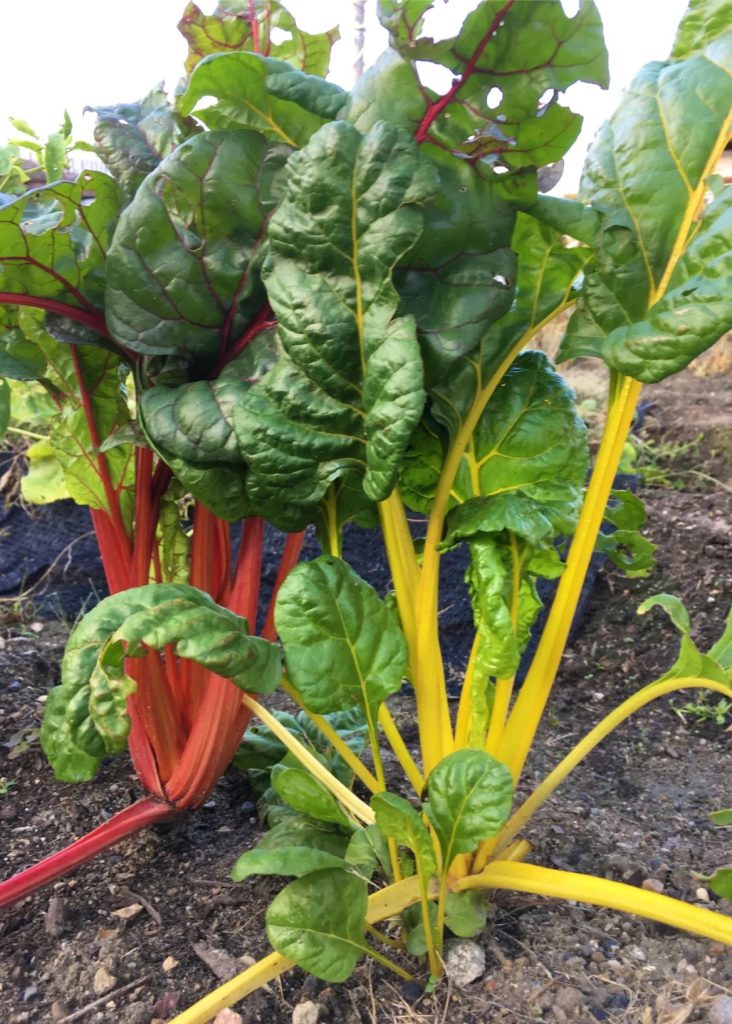
Kabura(Turnip) is also called Kabu. Originally it was called Kabura, and what the court wives of the Heian period used to call it a “O-kabu” came to be called Kabu after the “o” was removed. Nowadays, it seems that more people call it Kabu than Kabura. Kabura has long been cultivated because white Kabura was the main and red Kabura was used for celebrations. Yellow Kabura is mainly cultivated in Europe, and it wasn’t until the Meiji era that they came to Japan, and even now they are still unfamiliar in Japan, and can only be found at farm products direct sales offices. Yellow Kabura has been cultivated mainly as feed for livestock in both Europe and Japan, but it has come to be added to recipes in the sense that it adds color.
カブラ(蕪)はカブとも言います。元々はカブラで、平安時代の宮廷女房達が「おカブ」と呼んでいたのが「お」が取れてカブとも言われる様になりました。今ではカブラと言うよりはカブと呼ぶ方が多いようです。カブラは昔から白カブラが主で赤カブラは祝い事に使うので栽培されてきました。黄カブラは主にヨーロッパで栽培されていて、日本に入ってきたのは明治時代になってからで、今でも日本ではまだ馴染みが薄く、農産物直売所などで見かける程度である。 黄カブラはヨーロッパでも日本でも主に家畜の飼料として栽培されてきましたが、色取りを添えると言う意味でレシピにも加えられる様になりました。
